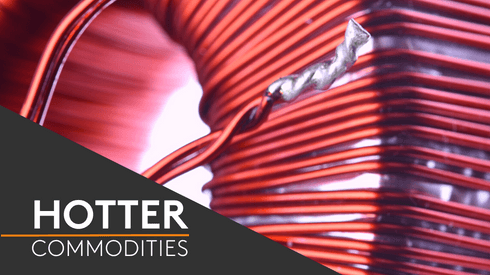A $4 million collared options trade targeting a copper price of $4,000 by mid-December broke even on Thursday November 12 as the red metal slumped to a new six-year low of $4,800 per tonne.
The so-called long butterfly put, which a New York-based hedge fund bought from a bank in early June, is structured to pay out between about $4,800 and $3,200 per tonne, and will yield a maximum profit of $58.5 million if the December copper contract expires at just below $4,000, Hotline’s analysis of the trade indicates.
With less than five weeks to go before the third Wednesday prompt date on December 16, copper’s drop back through $5,000 has set the stage for a nervy end-of-year showdown between the hedge fund and the bank that wrote the options, market sources said.
At the time the hedge fund put on the trade, the copper price was a full $1,000 higher, but in the months since, the red metal has been buffeted relentlessly by currency pressures and demand fears. But even with prices now trading at their lowest level since the financial crisis, there are still many analysts and investors betting that the selloff has further to run.
As such, the hedge fund may find that rival investors lend support to its trade towards the end of the year if macro and fundamental conditions continue to deteriorate.
And with the copper industry convening in Shanghai for Cesco Asia next week, updates on the strength – or weakness – of Chinese demand will be coming thick and fast in the run-up to the expiry of the contract.
“They could be laughing; it’s looking like they might have quite a nice end to the year,” a source at a rival hedge fund said.
Meanwhile, the bank may find itself in the unfortunate position of needing to sell into further price drops in order to delta-hedge its exposure to the options trade, other market sources said.
Of course, the market could swing the other way, in which case the bank’s options traders will be able to wipe their brows and pick up the $4 million in premiums from the trade.
For now, they’ll probably keep the champagne on ice.
Mark Burton
mburton@metalbulletin.com
Twitter: @mburtonmb





